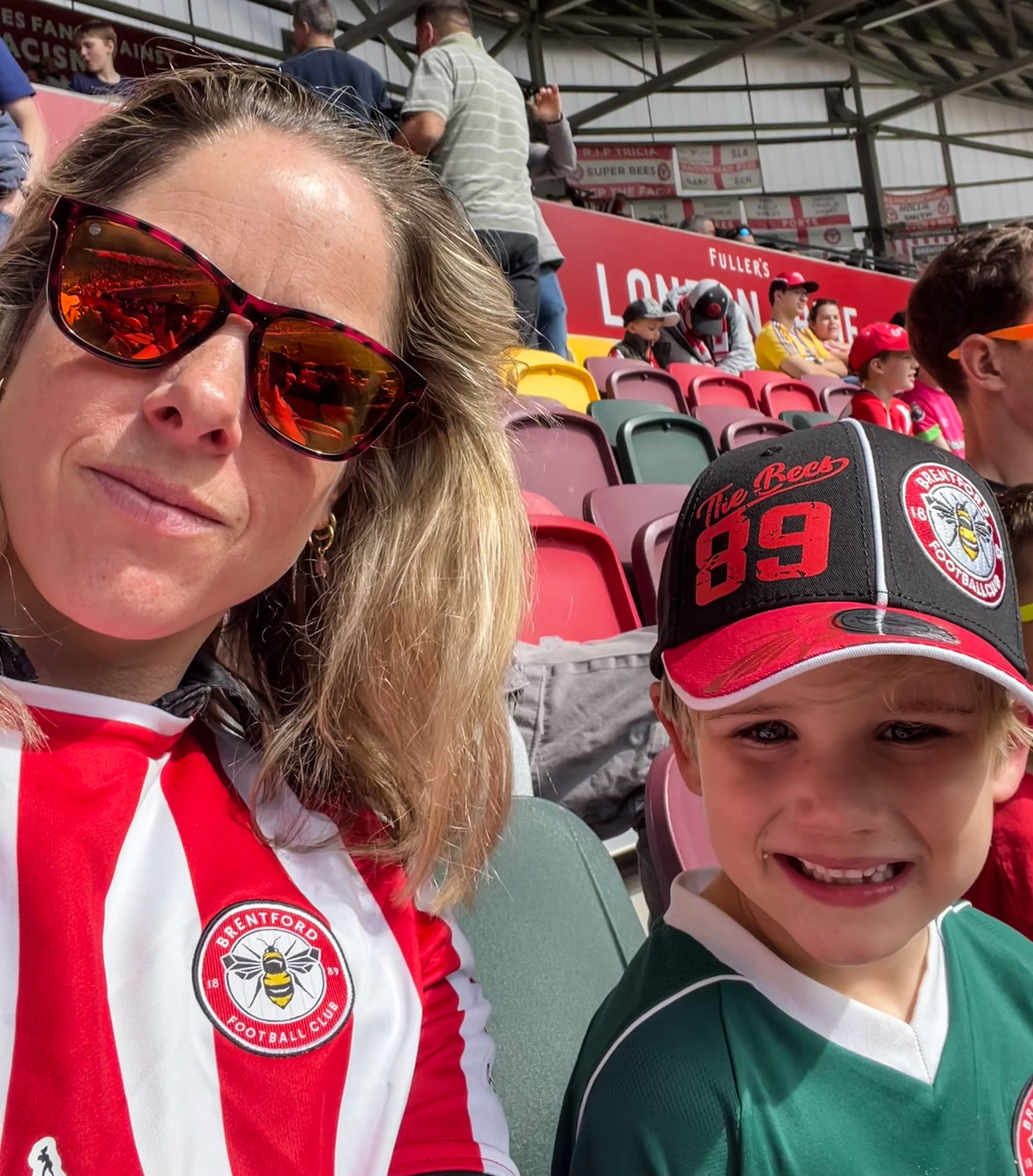The RNLI is such a well known charity thriving on the courage, dependability and trustworthiness, of volunteers.
These are often local people doing extraordinary things – supported by expert staff, all working together to help save lives.
The charity celebrated its 200th anniversary earlier this year and whilst the heroism of coastal crews and the rescues is very much part of the heritage of our island race, the river crews are actually some of the busiest in the UK and the Chiswick station, operational since 2002 is one of the RNLI’s newest lifeboat bases. It is one of only four crews operating on the River Thames and the stations at Tower Bridge and Chiswick are the two busiest across the whole of the UK and Ireland
Surely the Chiswick station has got to have a Bee as part of the crew – Hello Karen!
A Rotterdam policewoman moved to Chiswick
I worked as a policewoman in Rotterdam for 10 years where I managed all the 112 (999) emergencies on the local streets. The day job then included daily stabbings, gun crime, robberies and fights, exciting in a way but with quite a bit of stress too. One day, in 2016, my husband Willem, told me he wanted to apply for a job in London in finance, emerging markets, so, a few months later we packed our bags and with Diederik, our son, 3 at the time, we all moved to Chiswick.
When you moved here you originally lived near the river
Was that the inspiration to wait 5 years to join the RNLI?
A couple of times each day we would see the lifeboats on the river, passing our house, we assumed they were rescuing people (probably not every day!) but it was impressive and comforting to see this on our doorstep
Every time I saw them speeding with the lights on, I missed the excitement from those days gone by, in Rotterdam. I wanted to serve and to protect the community, just as I did at the police, but something very different this time and found out I could become a lifeboat volunteer. I didn’t realise there was a waiting period of five years so I’d forgotten all about it till I got the call in March 2023 to go for an assessment. It was very exciting but not what I expected because a lot of the content was how the people in the group could work together as a team and help each other out in unusual situations. Now, with the benefit of hindsight experience I know how appropriate this was
What is it like actually being on the boat?
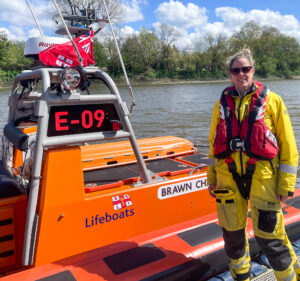
We have to try to understand – and learn – all the terms, the rope handling manoeuvring and all that stuff. I am very impressed with the organisation and dedication of my fellow volunteers andf the more experienced crew members. You start each shift with boat checks. The boat has to be fit just like we do. We are all lucky to receive membership of the Hogarth Club (one of the local gyms). Some of the Bees teams use it from time to time! Everything has to be working well, so when we get the shout and need to speed to an emergency, we know the boat is in good condition. I have had a few alert calls or ‘shouts’ as they are called, but haven’t had to rescue any humans yet although we do actually rescue loose boats quite often, that have gone adrift …. and not to mention quite a few dogs and cats.
Oliver is very supportive of his Mum’s volunteering! (very short cute video)
There’s a crew and a captain like any team
It all is team work. There are 4 ‘Seats’ on the boat, most of the time Seat 1 (the helm) and 2 (in charge of all the kit) are paid full time crew. Seat 3 and 4 (me and one other crew) are volunteers.The boat needs at least a seat 1,2&3 to function. The helm is the one in charge. He tells everyone what their job on the boat is for the day.In my usual position, seat 2, I would be in charge of the aft rope or sheet.
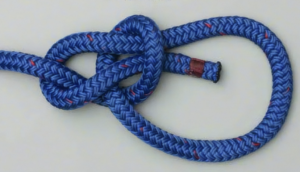
The bowline – harder to tie in January
There is a single knot that you have to know backwards, called the ‘bowline.’ It has special characteristics in that it makes a loop, which cannot come undone but can be loosened and the loop tightened or relaxed. Ideally you need to be able to tie it blindfold, behind your back and in the dark and in the winter!
The Bees
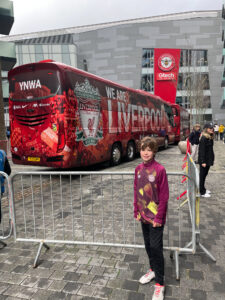
Soon after we moved, we registered Diederik who was 7 at the time for a trial. This was at the BFCCST Brentford Development Programme, at the hub, in Gunnersbury park. He was successful, he was selected and he got in the team, so we wanted to support him and then of course the Bees followed too! Diederik has training sessions every week and in holiday time there are tournaments against other clubs – Summer Friendlies, it’s just like for the first team. We bought Bee memberships for the whole family and try to go as often as possible to the home matches.
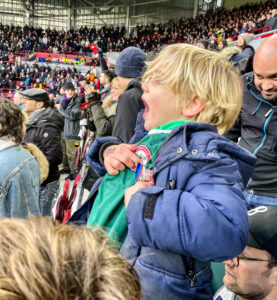
Oliver is a Bee
We all live for the football and we just fell in love with Brentford just down the road. Oliver goes to ‘We Make Footballers’ at Chiswick shcool where Diederik used to go. One day he came up to me and whispered ‘look, it’s WIssa, Mummy, I’m standing next to him.’ I said talk to him but Diederik was a bit dshy buit managed to say hello and he got some great advice from Wissa – what a lovely lovely guy. He said, ‘When you play you need to work reslly hard to be a good player” It really inspired Diederik, who is a actually fan of Ivan Toney, but he got this great shot with Wissa.
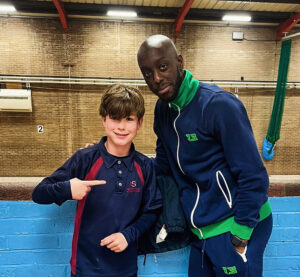
I like Mark Flekken, as he is Dutch, so fingers crossed for the Euros.
We like the atmosphere in the stadium, we feel safe bringing Oliver, our youngest, who loves his GTech days.
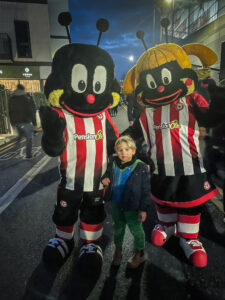
Next season ?
Oliver says, the Bees will end the season in 7th place and Diederik says 10th place.
Nice one Oliver – fingers crossed Diederik

